Apple's virtual keyboard tech could lead to backside input for tablets
Touch Typing
Perhaps one of the most difficult, and arguably essential, skills to master when learning how to effectively use a computer or any machine that requires the use of input devices, is touch typing. Many schools offer classes specifically tailored for to teach the eyes-free method, however even trained users can sometimes stumble when switching between a mouse or trackpad and a keyboard.
Apple's proposed "Configurable input device" offers a solution for both the well-versed power user and those who peck at keys with two fingers by augmenting the keyboard, as well as other input devices, with sensors. The discrete input members, or sensors, feed a processor data regarding the relative positioning of a user's digits, which can then be overlaid onto a virtual on-screen representation of the device.
The patent describes "discrete input members" as being any sensing device, from capacitive touch and pressure sensors to cameras and physical keys. Also mentioned is the inclusion of haptic feedback devices for further system enhancement.
Source: USPTO
From the patent application's background:
Often users look down at the keyboard when they type. This is not ergonomic and may lead to neck and muscle strain. Additionally, it is generally not advantageous for accurate and/or fast typing. Specifically, when users are focused on the keyboard, they cannot tell what has been input and typically revisit the input data to edit it. Moreover, when someone accustomed to looking at the keyboard tries to view the display instead of the keyboard, errors and frustration may occur as they cannot tell where their hands are relative to the keys they want to use.
Going further, one embodiment calls for a keyboard or input device's buttons to be programmable, with configurable virtual buttons that can be remapped based on the relative location of a user's hand. Built-in sensors can determine the position of hands and fingers in relation to the input surface, enabling the virtual buttons to be configured accordingly.
For example, the virtual buttons can be dynamically assigned as the "home row" on a keyboard (a, s, d, f, etc. for a QWERTY keyboard) when a user's fingers are at rest. If the fingers move or become repositioned during typing, a user can reassign the keys by periodically holding a "resting position," which will dynamically change the keyboard's mapping.
Alternatively, the keyboard can merely display the virtual keys without dynamically remapping them, thus enabling an on-screen reference for touch typists. Yet another method describes user-configurable virtual keys that can serve a multitude of functions.
Backside Tablet Input
Buried deep within the patent's illustrations is the brief mention of a "tablet computer" with a sensor array under the surface of its backside, opposite the display. The sensors can be positioned in a linear layout, a grid or "any other suitable pattern" to achieve desired functionality. In contrast to the keyboard embodiment, the tablet version presents icons or other graphics instead of a virtual overlay, offering a more intuitive user experience.
In this configuration, the technology can be advantageous for a tablet like the iPad, which uses its screen as a main input device. For example, the virtual representation of a user's fingers may be preferred when the device's entire screen is being used while viewing a movie or playing a video game.
While the description is short, it alludes to possible future tech in Apple's iPad line that may offer new ways of interacting with the device. The study of similar backside input systems is well underway at companies like Microsoft, and a form of backside multitouch tech was recently implemented in a consumer device with Sony's Playstation Vita portable game console.
As is the case with many Apple patent applications, the technology may or may not make its way to consumers, however the invention could prove beneficial as devices become increasingly reliant on touchscreen input.
 Mikey Campbell
Mikey Campbell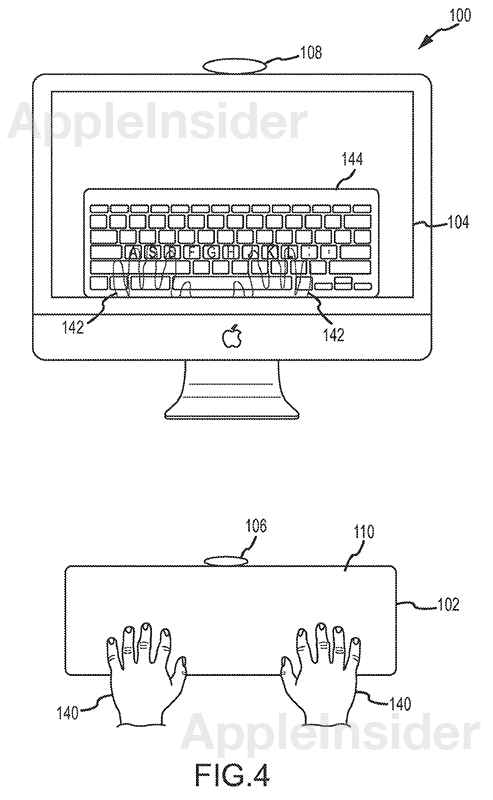
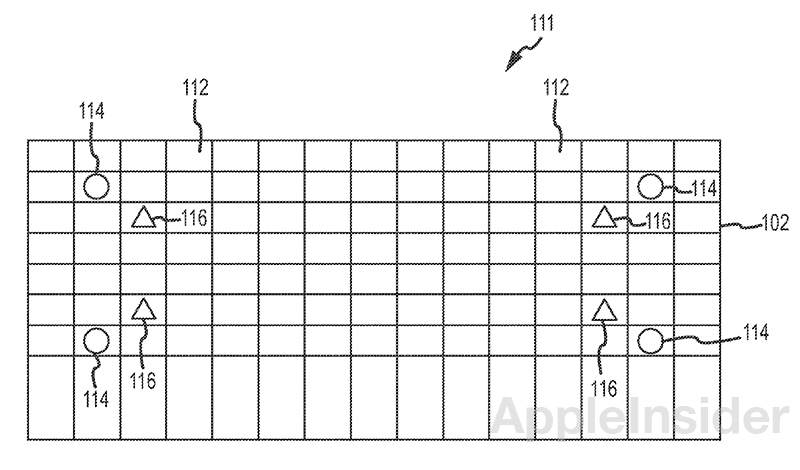
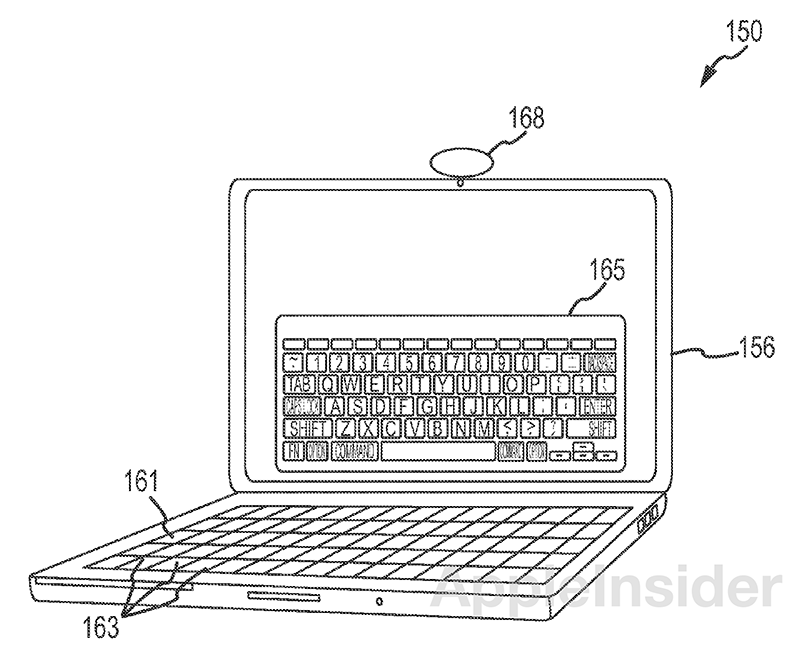
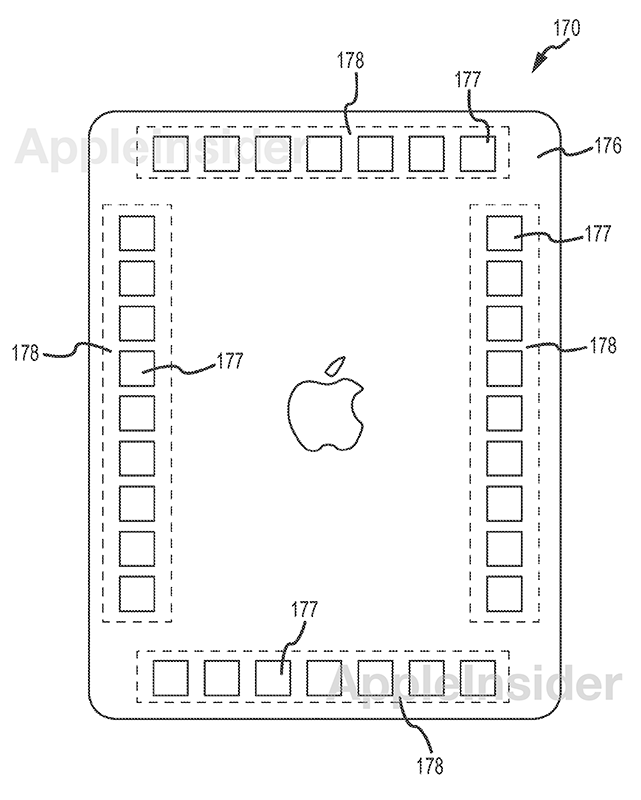
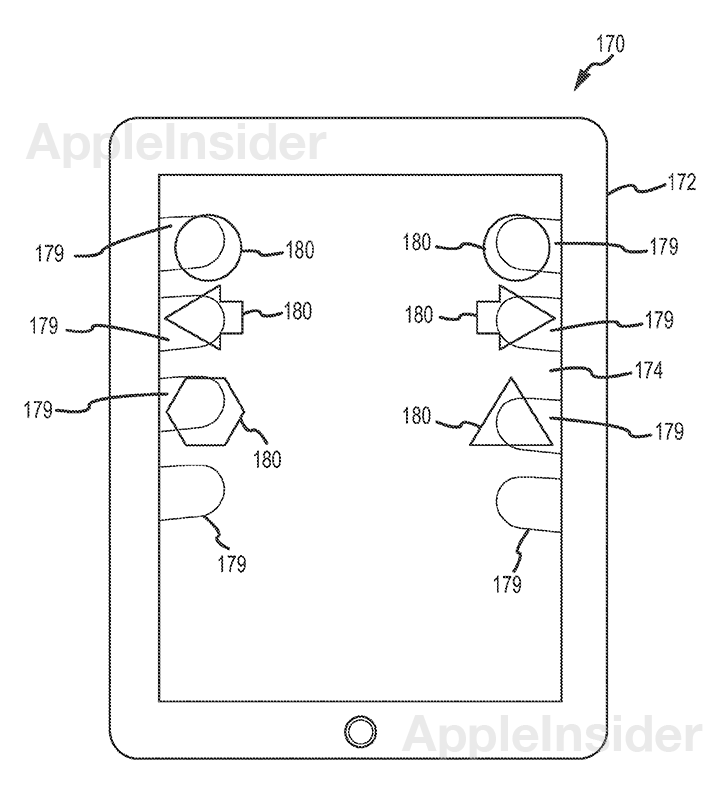











 Marko Zivkovic
Marko Zivkovic
 Amber Neely
Amber Neely
 Christine McKee
Christine McKee
 Malcolm Owen
Malcolm Owen
 Mike Wuerthele and Malcolm Owen
Mike Wuerthele and Malcolm Owen

 William Gallagher
William Gallagher








